25 Free city architecture transparent PNG images
Welcome to our City Architecture collection, showcasing 25 free AI-generated images that capture the essence of urban design and metropolitan landscapes. Browse through our diverse selection of stock photos, 3D objects, vectors, and illustrations featuring stunning cityscapes, modern buildings, and architectural masterpieces. Each high-resolution image is available for free download, and you can utilize our innovative 'open in editor' feature to customize the prompts and regenerate images that perfectly match your vision.
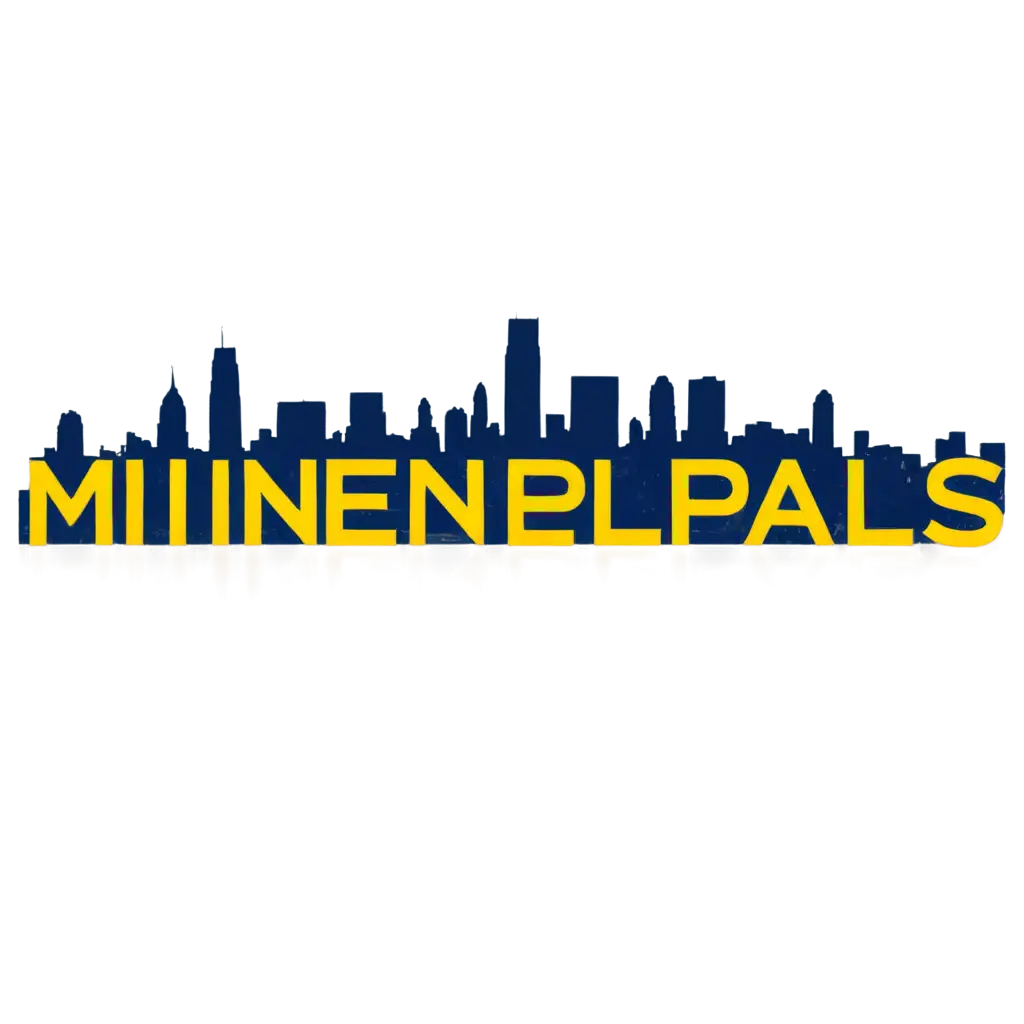
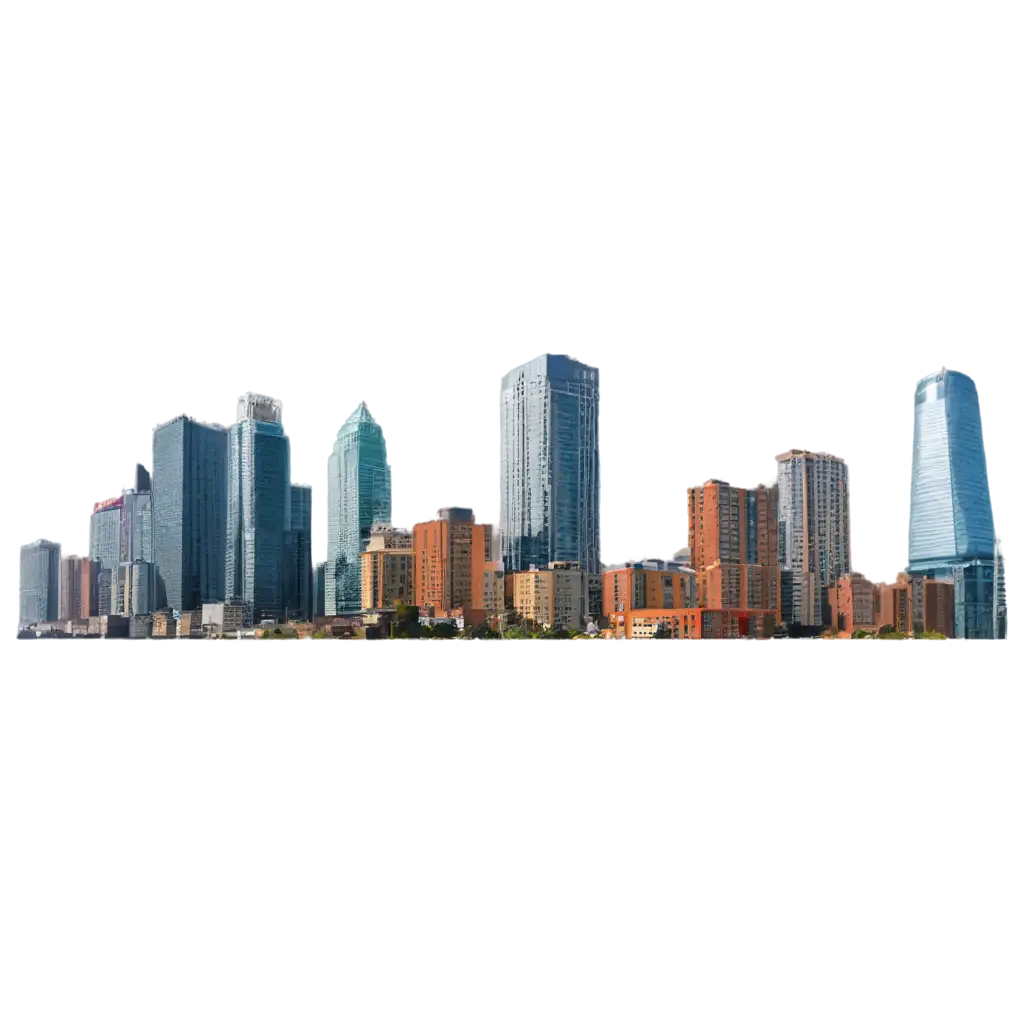
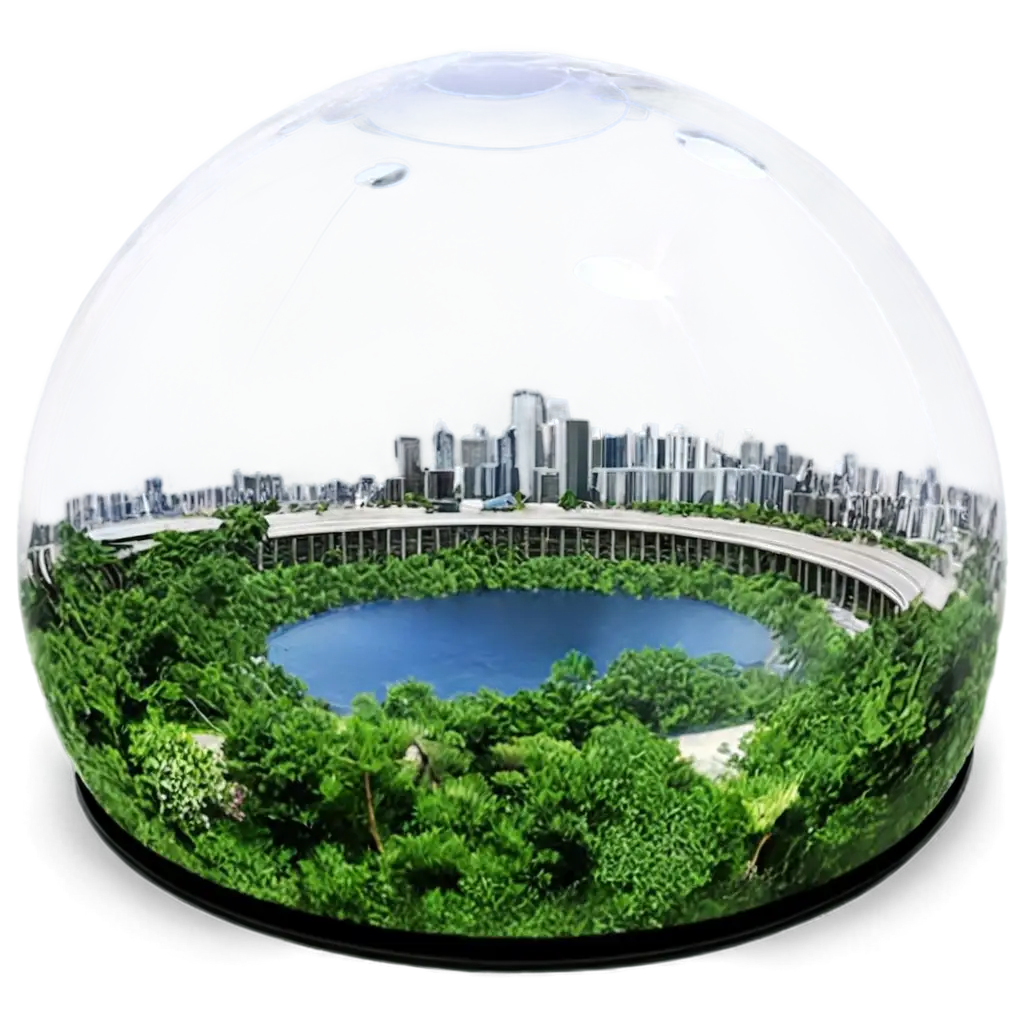
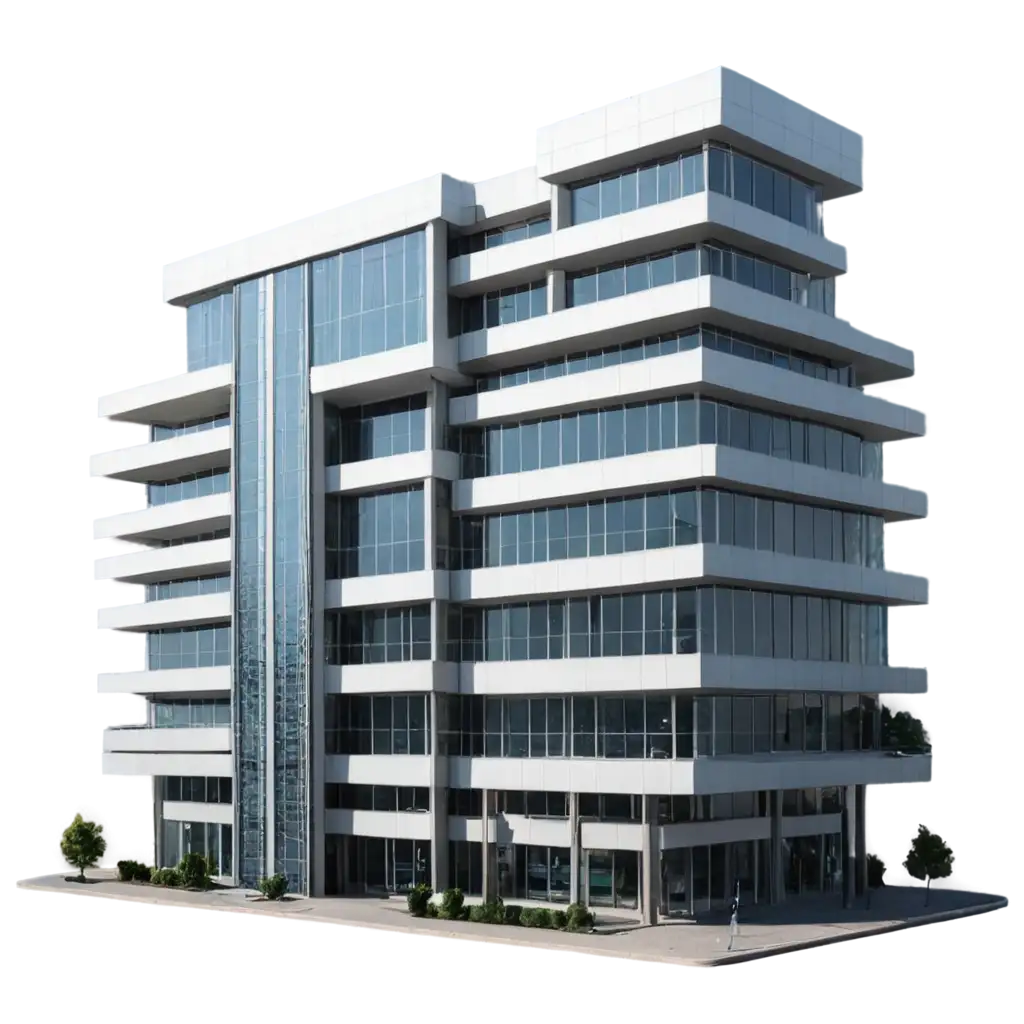
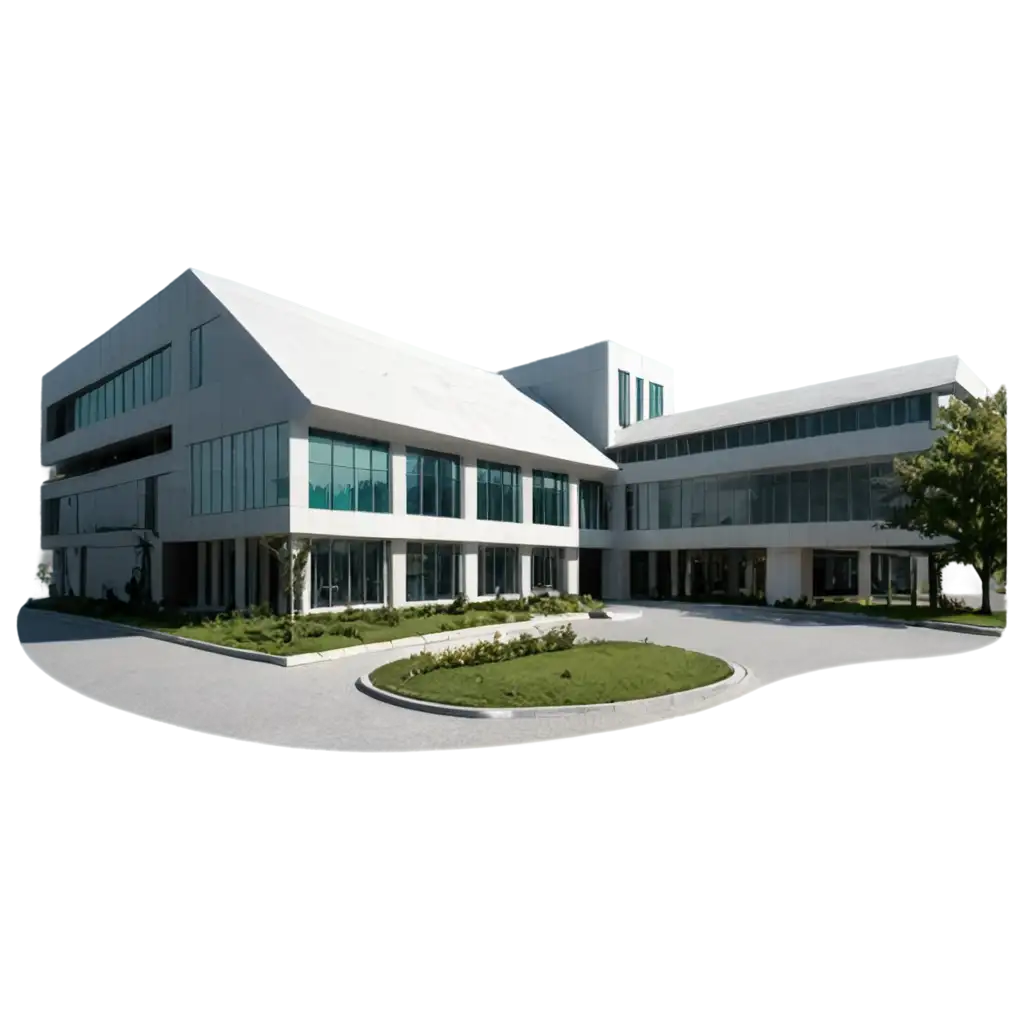
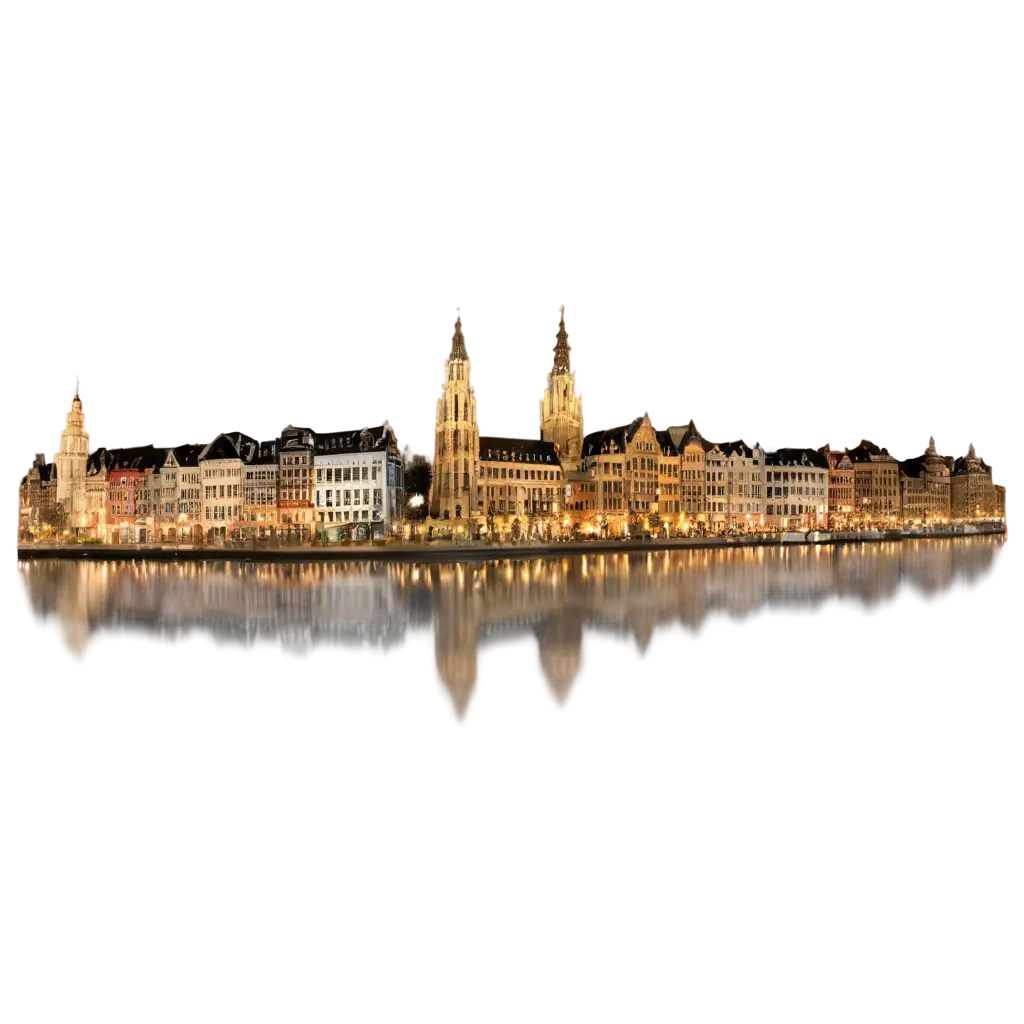
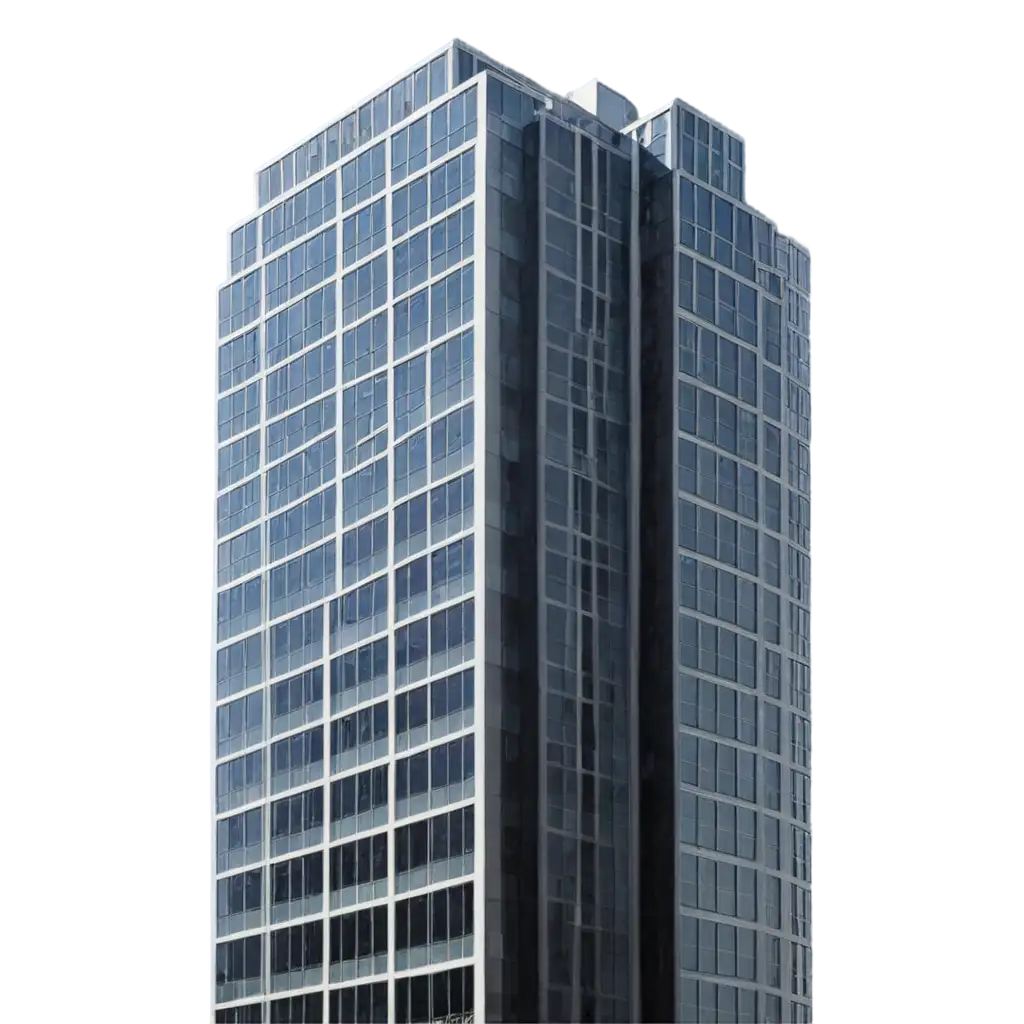
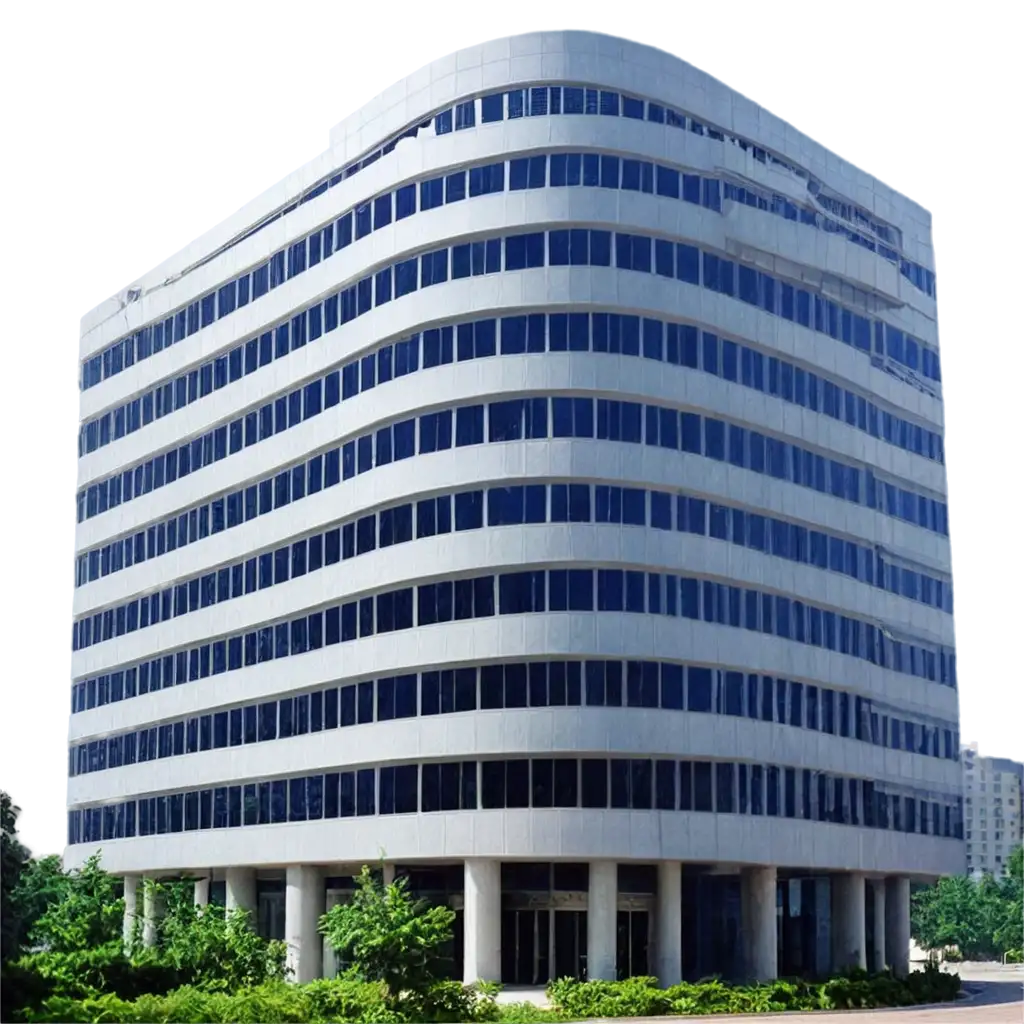
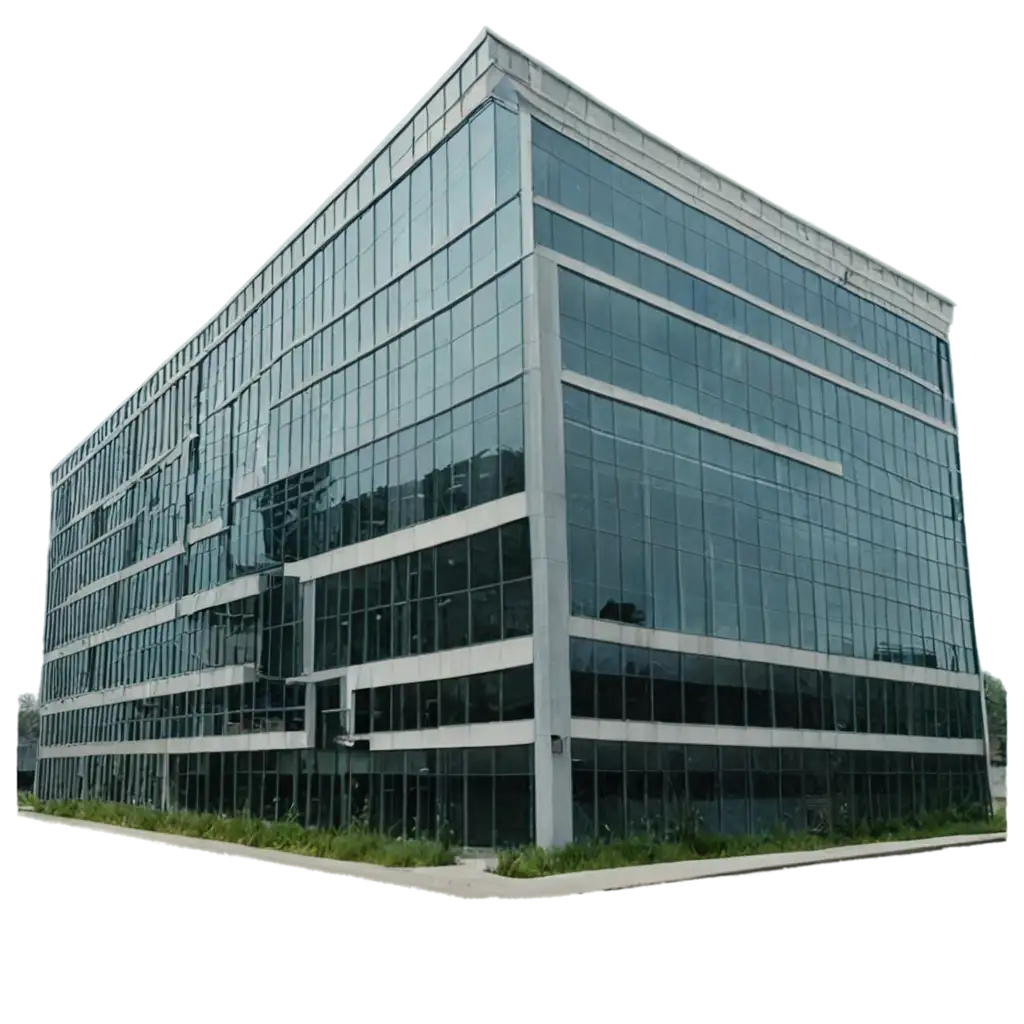
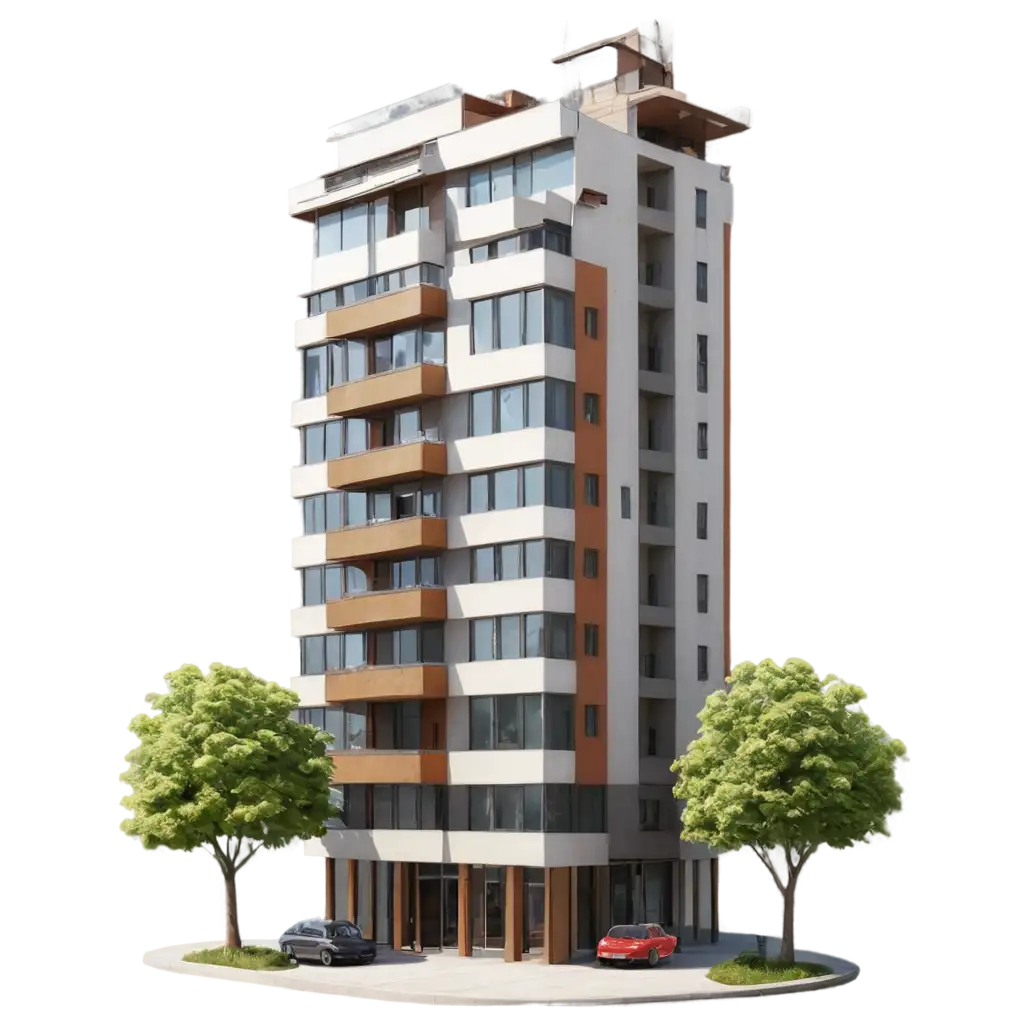
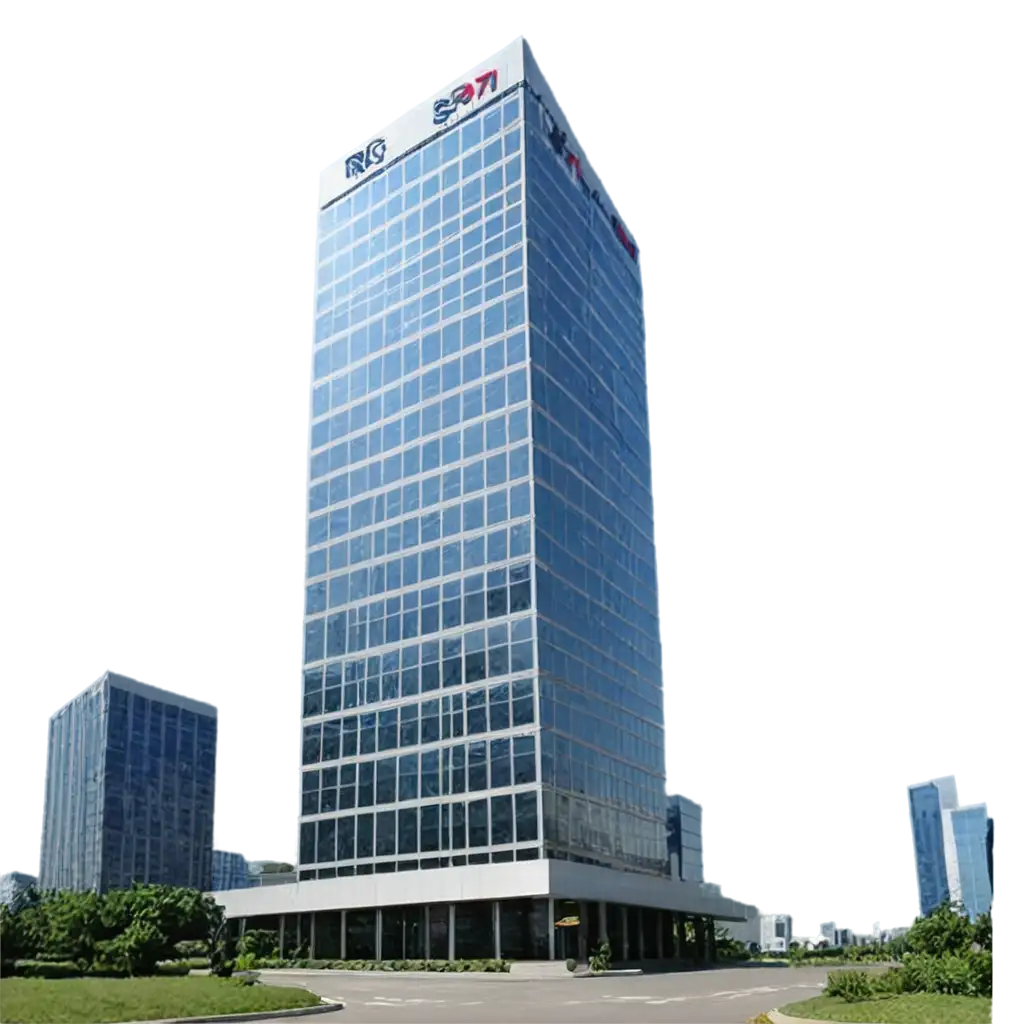
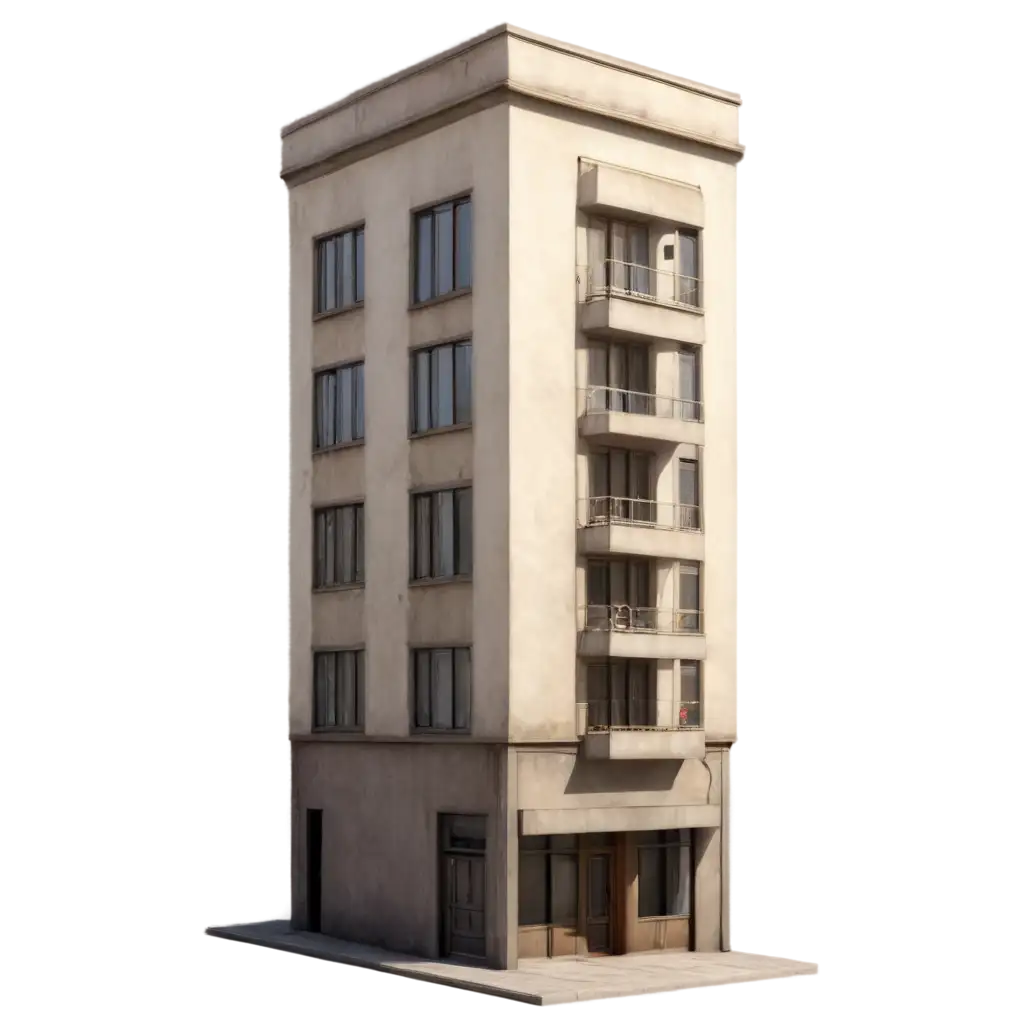
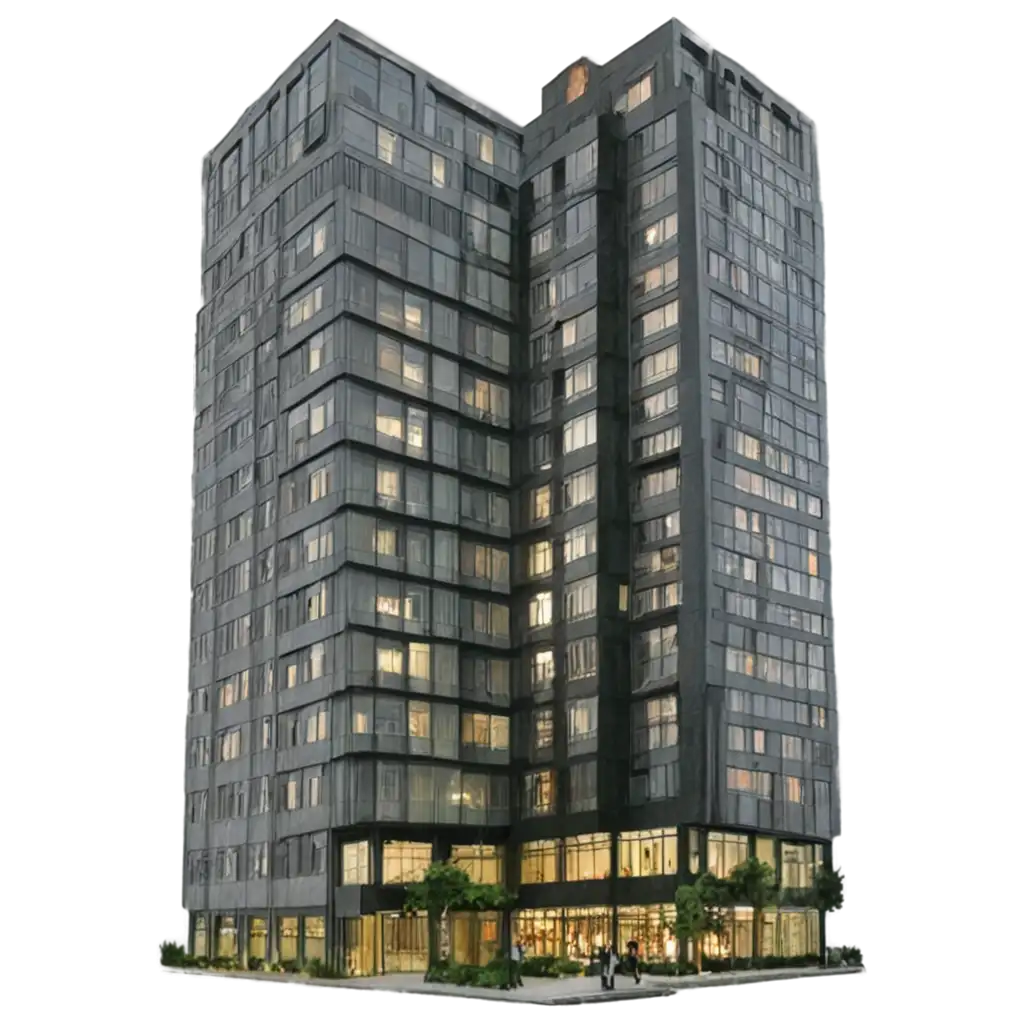
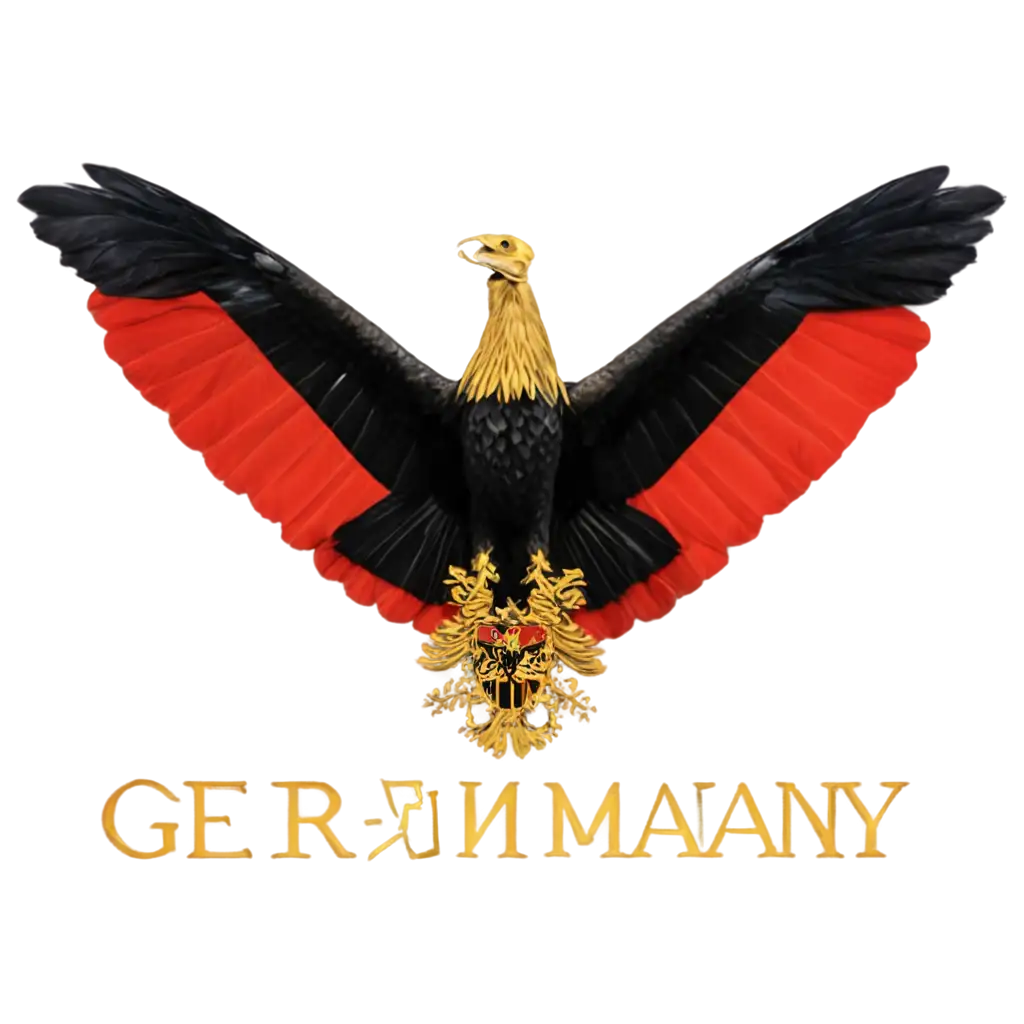
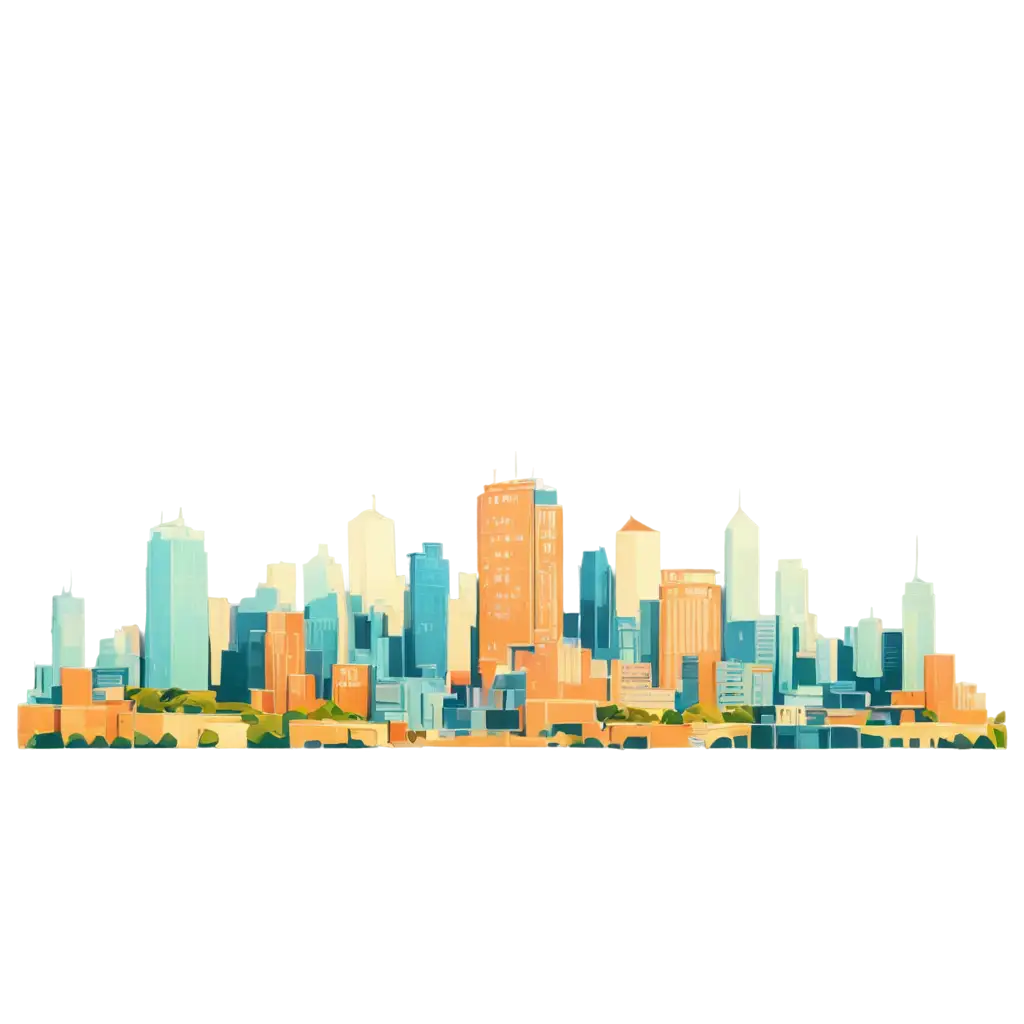
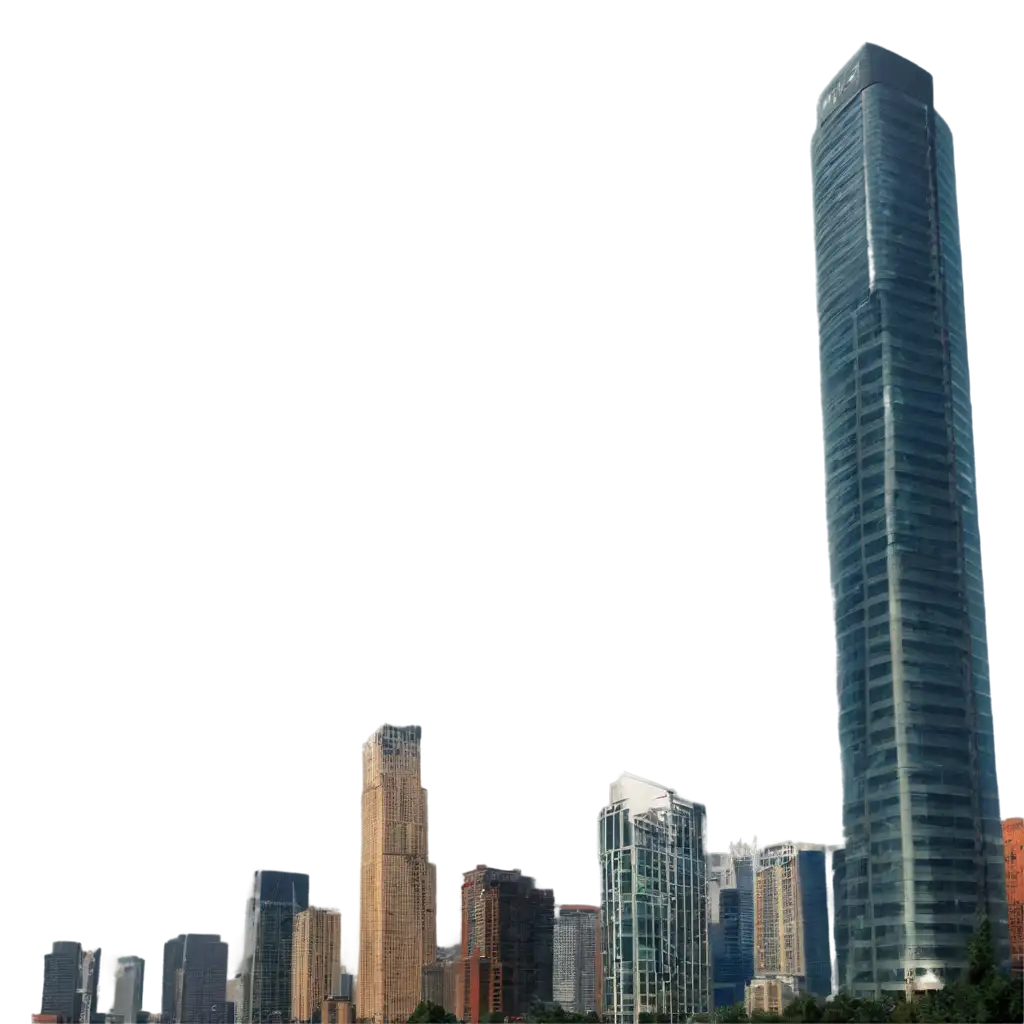
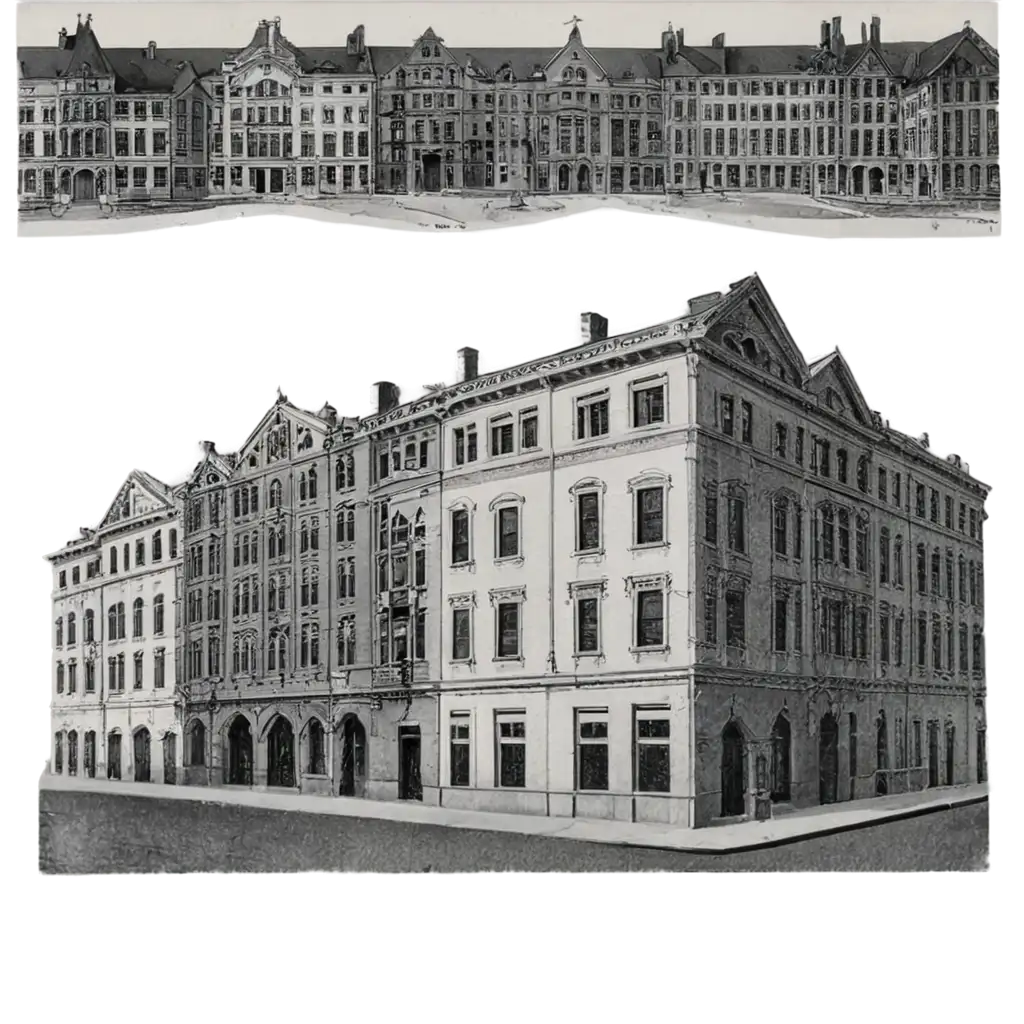
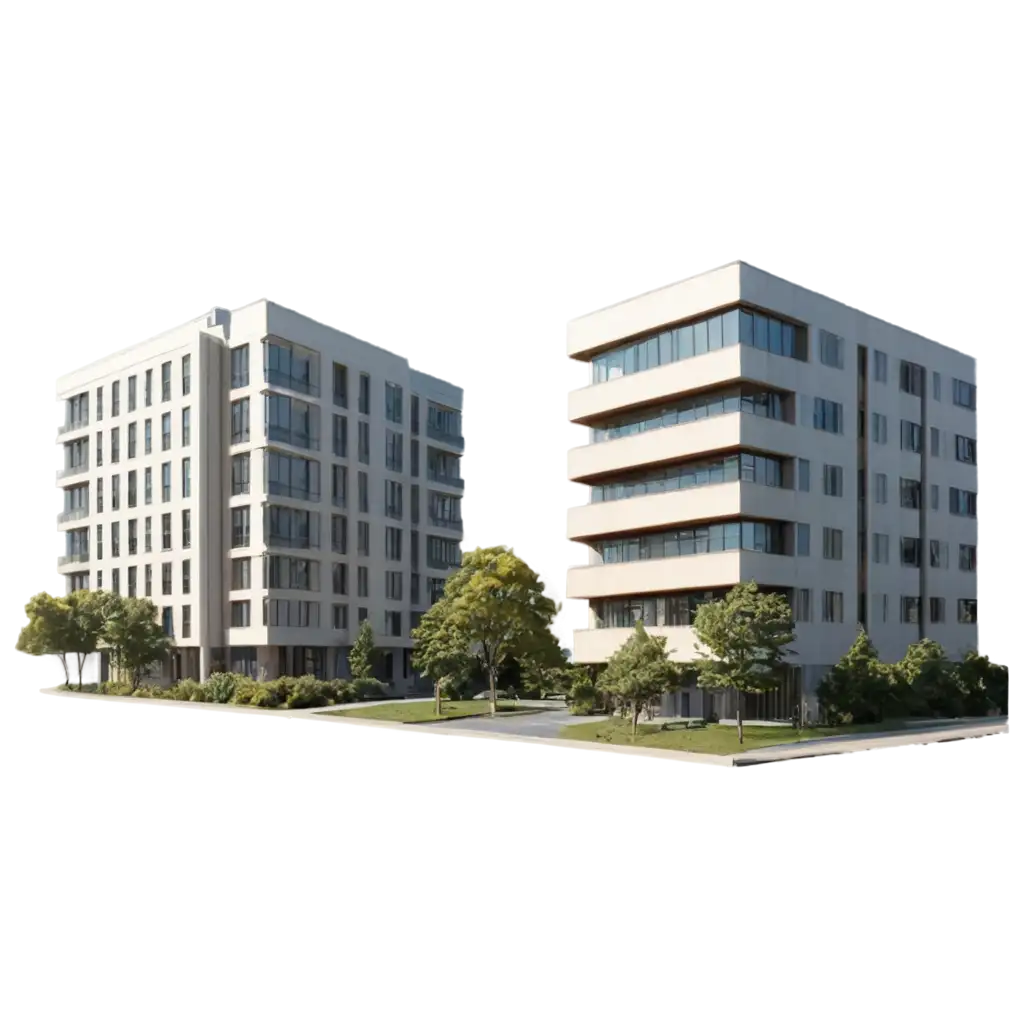
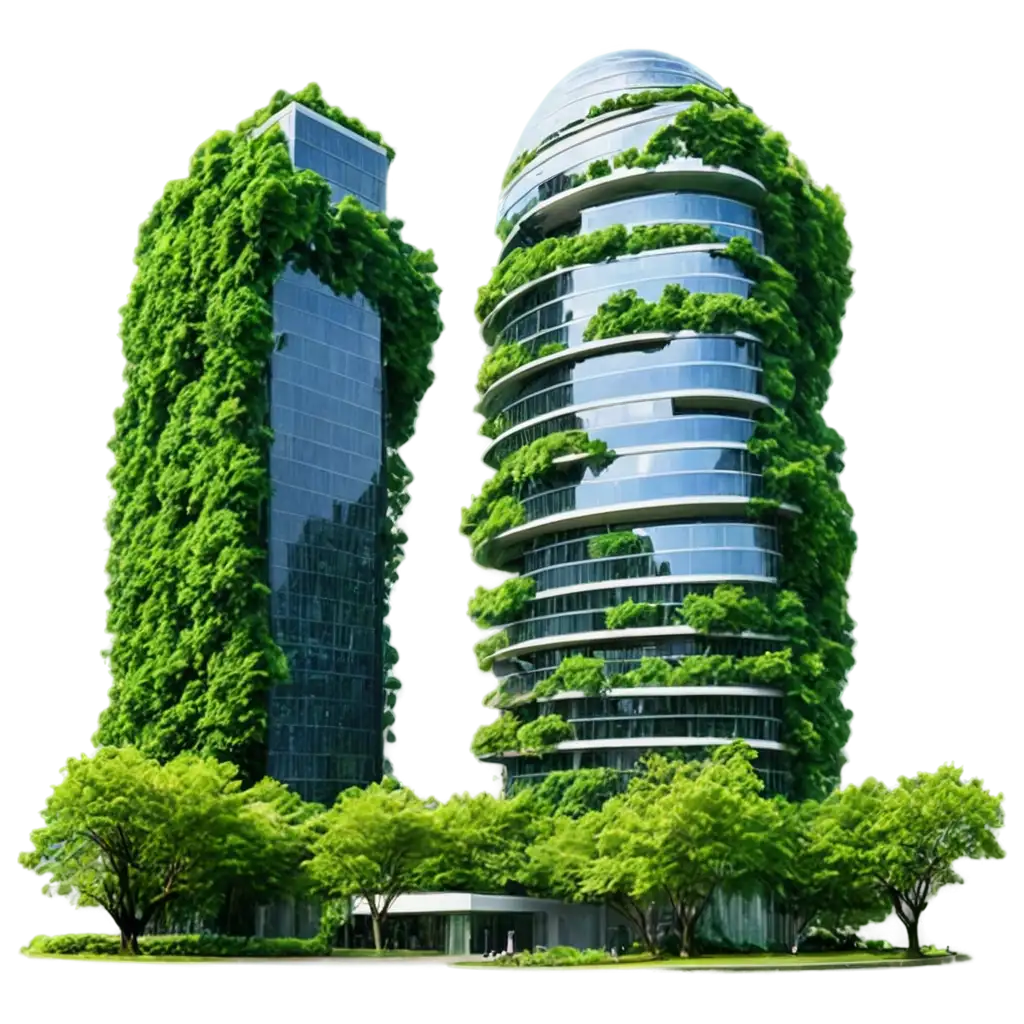
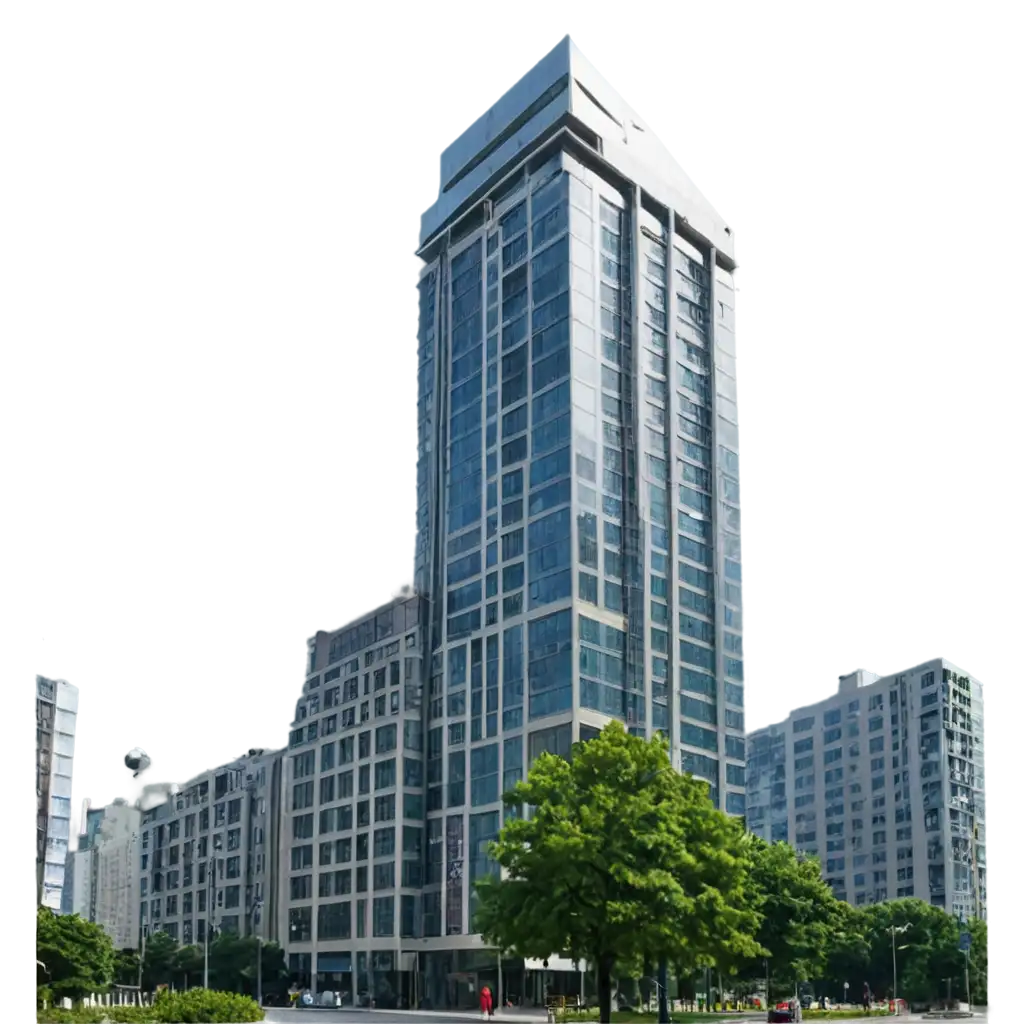
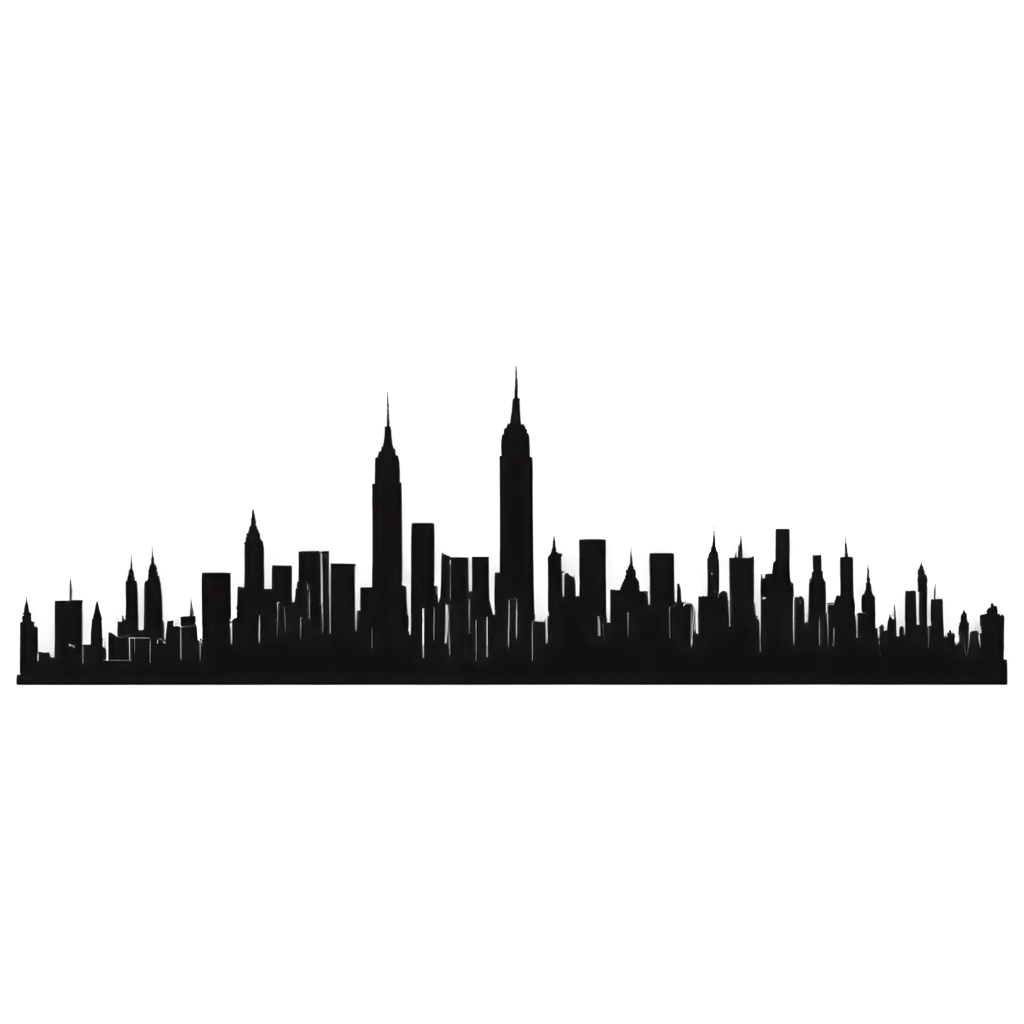
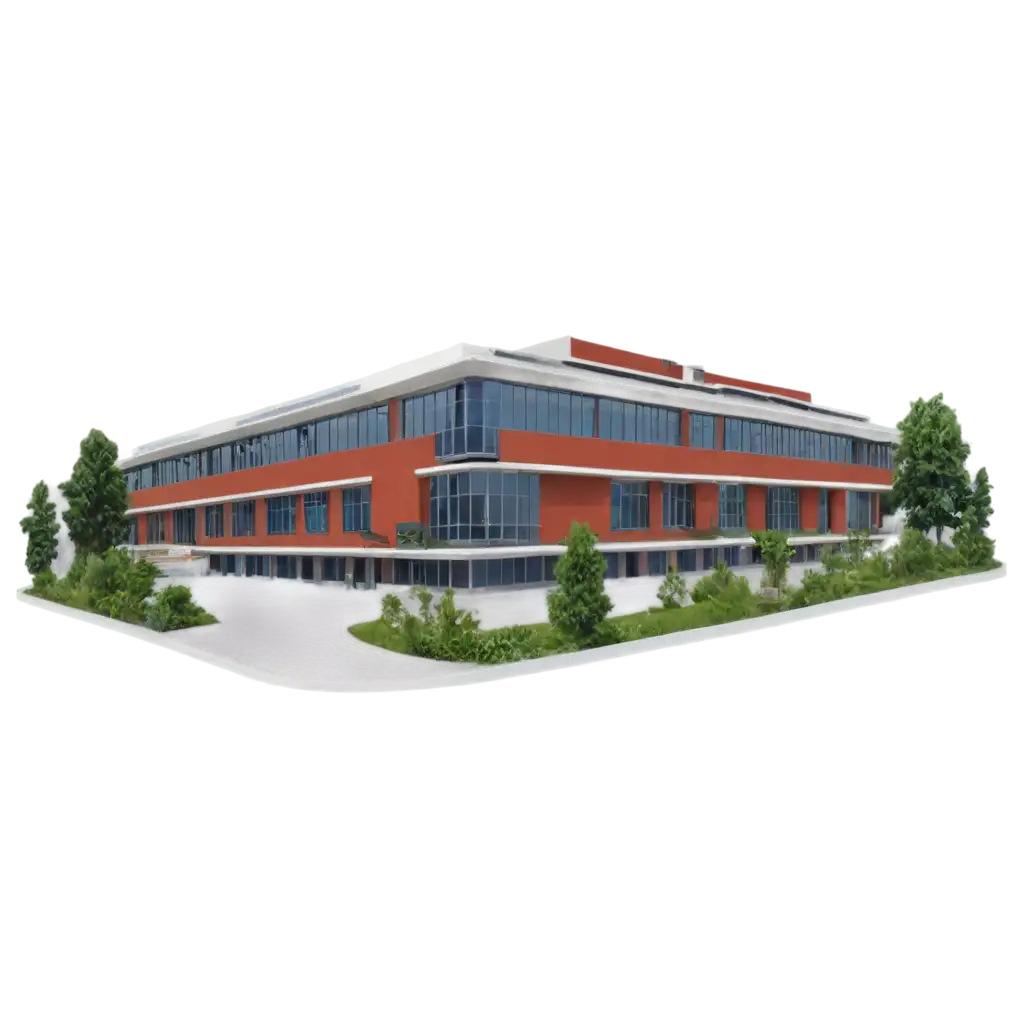
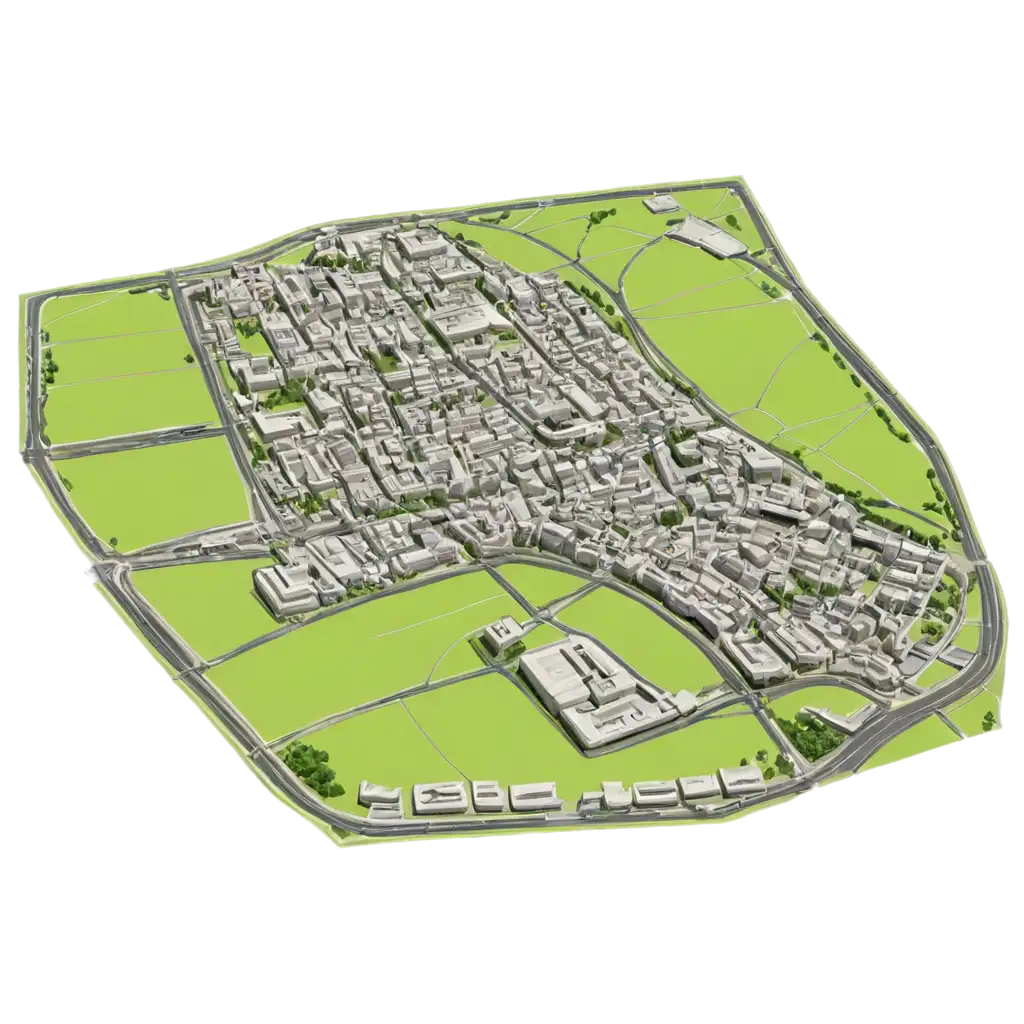

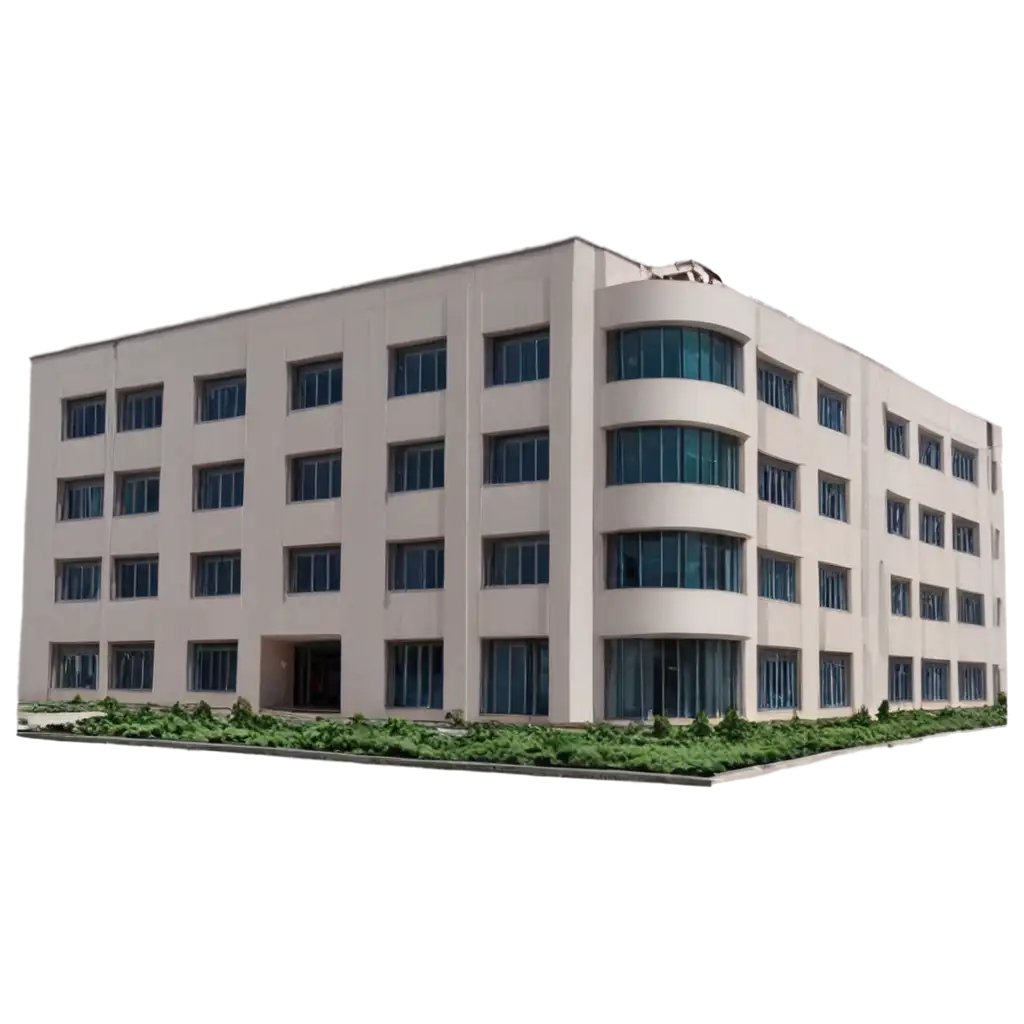
Related Tags
City Architecture represents the dynamic evolution of urban landscapes throughout history. Starting from classical architectural principles seen in ancient Rome and Greece, through the Gothic and Renaissance periods, to modern minimalist and sustainable designs, urban architecture continues to shape our living spaces. Contemporary city architecture embraces innovative materials, environmental consciousness, and smart technology integration, creating structures that both inspire and serve practical purposes. Notable examples include the harmonious blend of historical and modern elements in cities like London, Tokyo, and Dubai, where traditional buildings stand alongside cutting-edge skyscrapers.
Evolution of Urban Design: From Classical to Contemporary Architecture
Modern city architecture is characterized by several key elements that define urban landscapes. These include sustainable design principles, incorporating green spaces and energy-efficient materials; vertical development to maximize limited urban space; mixed-use developments that combine residential, commercial, and recreational areas; and integration of public transportation infrastructure. Iconic examples like the High Line in New York City demonstrate how modern urban architecture can transform industrial spaces into vibrant public areas. The emphasis on smart city technology integration, climate resilience, and community-oriented design reflects contemporary architectural priorities in urban planning.
Essential Elements of Modern City Architecture
AI technology has revolutionized the way we visualize and design city architecture. Through advanced algorithms and machine learning, AI can generate unique architectural concepts that push the boundaries of traditional design while maintaining structural feasibility. The process involves understanding architectural principles, incorporating local cultural elements, and considering environmental factors. AI-generated city architecture can range from photorealistic renderings of existing cities to futuristic concepts that explore new possibilities in urban design. These tools help architects, designers, and planners visualize potential developments and their impact on the urban fabric.
Creating Distinctive Urban Landscapes Through AI
The future of city architecture is being shaped by emerging trends that respond to global challenges and technological advancement. Key developments include biophilic design integrating nature into urban spaces, climate-adaptive architecture that responds to environmental changes, and smart buildings equipped with IoT technology. Vertical forests, like Milan's Bosco Verticale, showcase innovative approaches to combining architecture with environmental sustainability. The rise of parametric design, enabled by AI and computational tools, allows for more complex and organic architectural forms. These trends point toward cities becoming more sustainable, technologically integrated, and human-centric in their design approach.
Future Trends in Urban Architectural Design